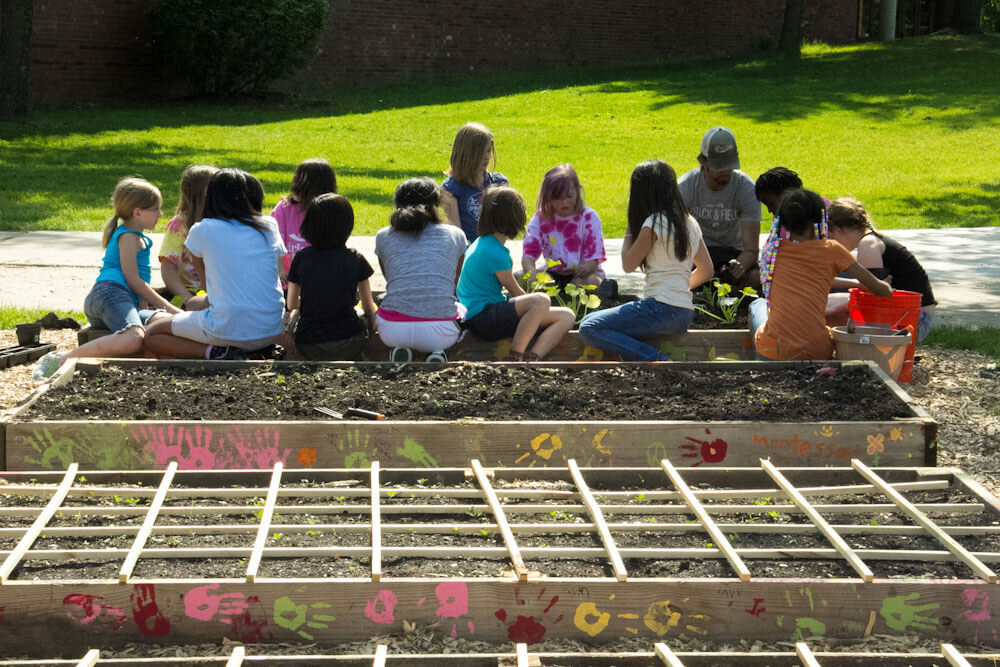Montessori, Waldorf, Reggio Emilia, Doman …What are the differences between each one?
Educational models are “a collection of theories and pedagogical approaches,” constructed by teachers who design educational programs, define the learning process, and systematize the programs that students will receive.
According to research conducted by a group of professors from the University of Venezuela, alternative education methods refer to “an educational process that facilitates learning and teaching” when using different teaching strategies to provoke interactions among people from various fields of social actions. Evaluating different strategies begins by defining traditional educational methods with characteristics such as formalism, authoritarianism, memorization, and repetition. Alternative education seeks to eradicate these characteristics in favor of new ways involving experiential education.
Nowadays, different kinds of educational models exist. Increasingly, we can see these in the institutions and schools around us, where we probably spent some time in our childhood or youth, or perhaps we are still involved in them today despite having finished our student stage. The American University of Europe (UNADE) performed research about educational methods, in which they emphasize that five models are mostly used in education today. These models are the Traditional, the Conductive, the Constructivist Method, the Sunbury, and the Project.
However, educational methods and systems called “alternative” have been created over the years that have not acquired the same popularity as those we know. Among these alternative methods, some have gained popularity among families, and others have been acquiring followers over the years. Below are presented six alternative educational methodologies.
Six Alternative Educational Methodologies
-
Montessori method: This method aims to create an environment “prepared, ordered, aesthetic, simple, and real” so that the students can find the reason for being of each element and can develop themselves. This method also seeks to integrate students of different ages into groups to promote socialization and values among them. The teacher works as a guide to help the student develop inner confidence, discipline, and thinking independently.
-
Waldorf Method: This method’s dynamics promote cooperative learning, where the students play active roles; this is supported by integrating students’ families. Great attention is paid so that students with learning disorders can adapt to the traditional system of education.
-
Amara Berri System: This system uses everyday situations for learning, including games, to develop competencies. It establishes that students must learn as researchers, while teachers act as guides in this personal process, respecting each student’s learning pace and potentializing their abilities.
-
Reggio Emilia Philosophy: This methodology originated in 1945, dictates that children learn through being protagonists in their learning, in the same way, with their teachers as guides, who respect their rhythm and enhance their curiosity. Classrooms are designed to have harmonious practices so that students can enjoy their identity and purpose without limits in each space. Parents play an active role in these student experiences.
-
Popular Education / Paulo Freire Popular School: This is a learning process that functions to construct knowledge. It is characterized by having different currents of thought, serving critical thinking. It is decolonizing, democratizing, and anti-patriarchal in its practices. It also works with creativity, effort, and consolidation of organizational processes in the popular, cultural, and political sectors.
-
Doman Pedagogy: This pedagogy aims to develop each student’s individuality, with a broad and integral conception of the human being. It leverages the natural and spontaneous capacity of learning to integrate the physical, intellectual, emotional, and social factors of development. The whole method is constructed for this purpose.
Teaching models are continuously evolving, aligning with what new generations of students demand from their education. Beyond the knowledge they acquire are the skills, tools, experiences, and emotional intelligence that have assumed great importance in preparing them for their adult lives. These alternative methods provoke us to question whether the methods that continue to be used in schools meet the educational needs that this new era brings or whether it could be time for change or adaptation.
Translation by Daniel Wetta.
This article from Observatory of the Institute for the Future of Education may be shared under the terms of the license CC BY-NC-SA 4.0 
)
)


)